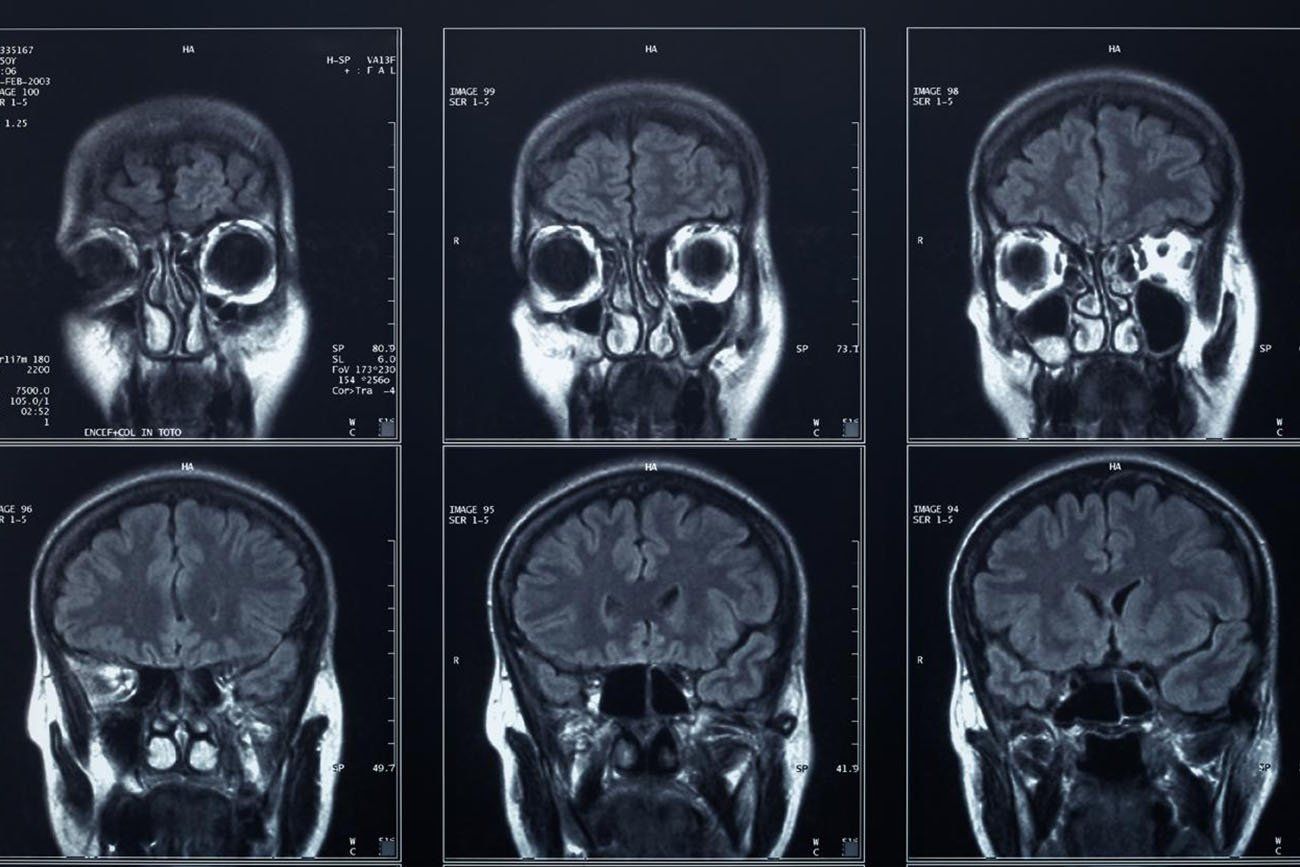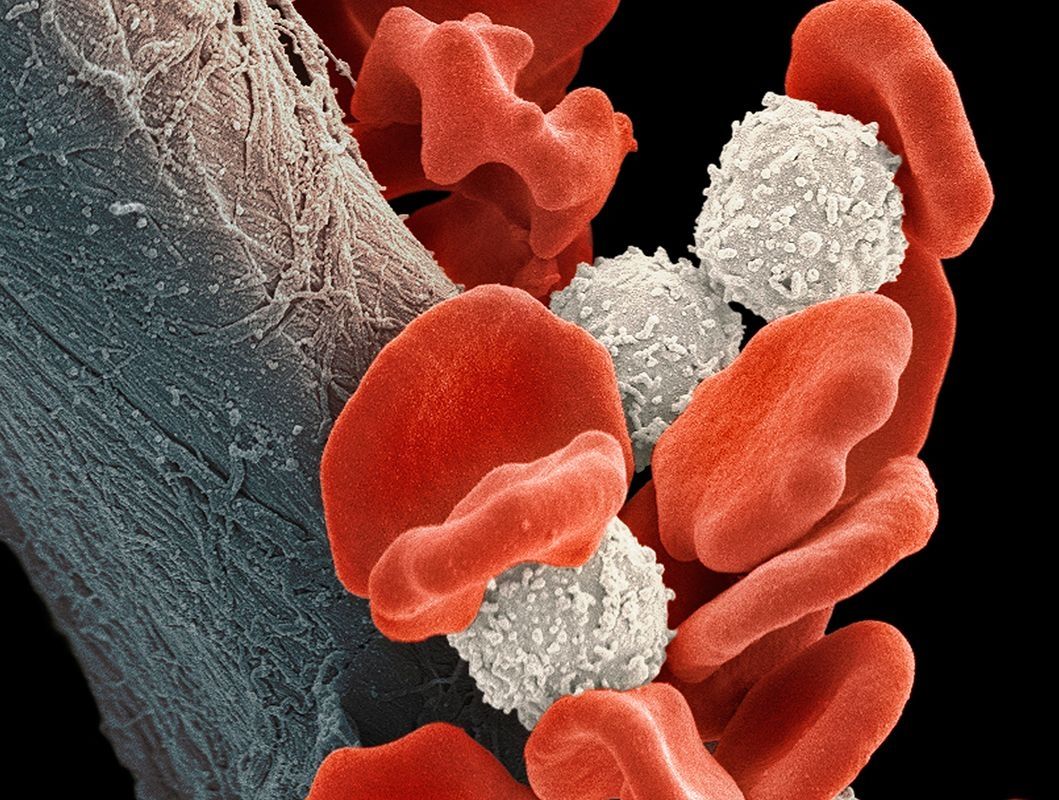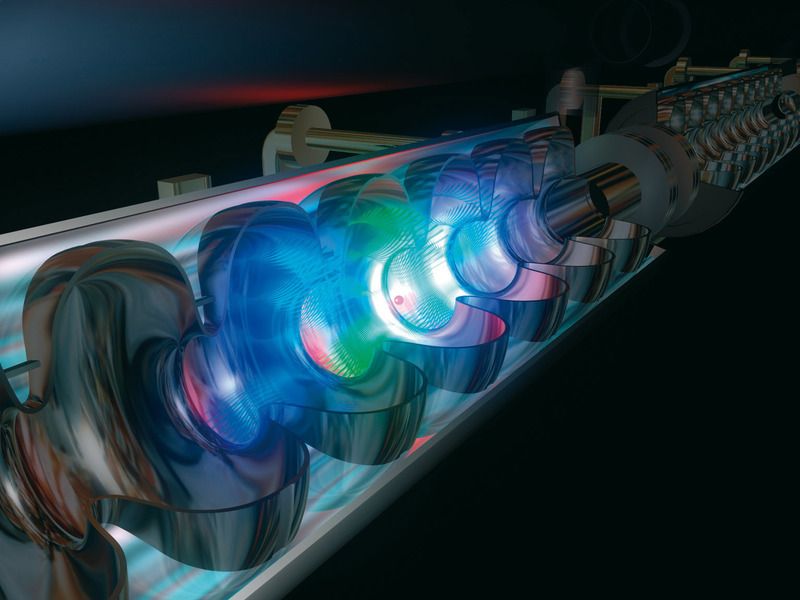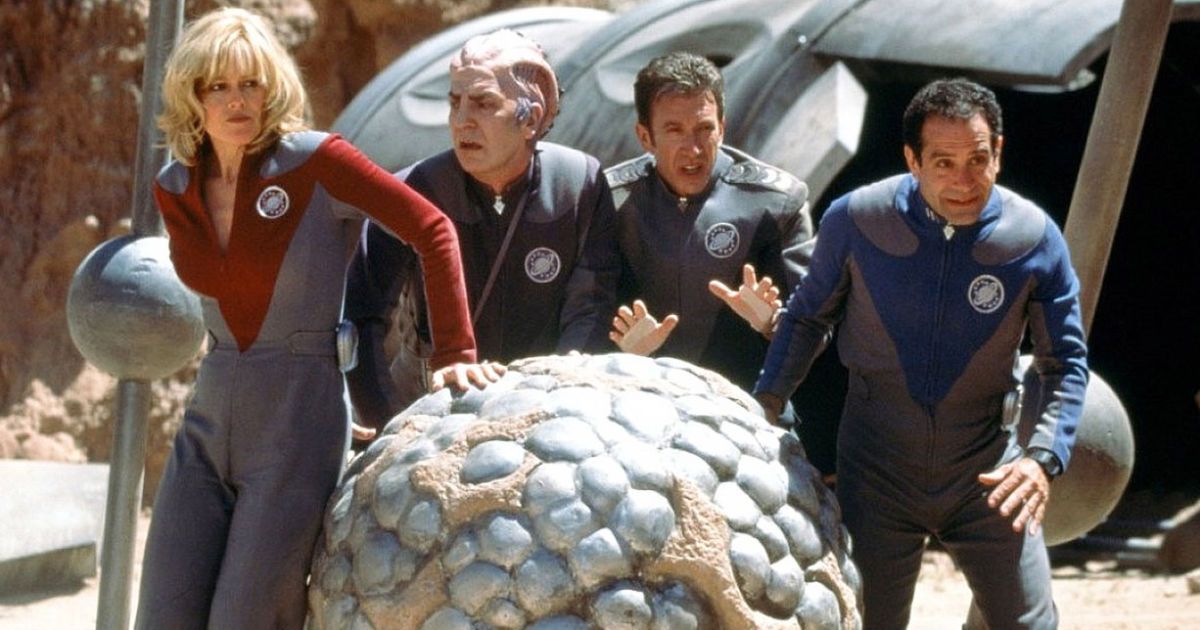Page 10161
Aug 19, 2017
Silicon Valley is selling an ancient dream of immortality
Posted by Derick Lee in categories: life extension, transhumanism
It is tempting to dismiss scientifically inspired presentiments of immortality as arrant nonsense, but we should not underestimate the way ideas like transhumanism speak powerfully to our unconscious need for delusion. This is not only a new religion that does without God and churches — it also is a marketing strategy for new technology. A novel form of cross-promotion and co-branding, tech evangelism really aims at a deeper and more efficient penetration into the digital marketplace by offering mortality denial in the same package.
Human beings are the only animals to have evolved an insight into their own death.
Aug 19, 2017
This Powerful New Painkiller Could Be The Unexpected Ticket to Replacing Opioids
Posted by Shailesh Prasad in category: biotech/medical
Researchers have developed a new class of pain relief that acts on an obscure nerve pathway, opening the way to a medication just as concerns have deepened around the US opioid addiction and overdose epidemic.
While any marketable pharmaceutical based on the discovery would still need to go through the long process of clinical testing, the compound appears to work as well as other opioid-alternatives, requiring a smaller dose and remaining effective for a longer period.
The research led by scientists from The University of Texas has identified a group of molecules that bind with a pair of nerve receptors, one of which has been a mystery until recently.
Aug 19, 2017
The U.S. Military Wants to Inject People’s Brains With Painkilling Nanobots That Could Replace Medicine
Posted by Shailesh Prasad in categories: biotech/medical, government, military, nanotechnology, neuroscience
Ever wish you could heal yourself like a superhero? The government is making it happen. Sort of.
Aug 19, 2017
Vitamin C helps genes to kill off cells that would cause cancer
Posted by Shailesh Prasad in categories: biotech/medical, genetics
By Aylin Woodward
Injections of vitamin C could be a way to help fight blood cancer. Experiments in mice suggest that the nutrient helps tell out-of-control cells to stop dividing and die.
Some blood cancers, including acute and chronic leukaemia, often involve mutations affecting a gene called TET2. This gene usually helps ensure that a type of stem cell matures properly to make white blood cells, and then eventually dies. But when TET2 mutates, these cells can start dividing uncontrollably, leading to cancer. Mutations in TET2 are involved in around 42,500 cancers in the US a year.
Continue reading “Vitamin C helps genes to kill off cells that would cause cancer” »
Aug 19, 2017
Sharp X-ray pulses from the atomic nucleus
Posted by Shailesh Prasad in category: biotech/medical
X-rays make the invisible visible: they permit the way materials are structured to be determined all the way down to the level of individual atoms. In the 1950s it was x-rays which revealed the double-helix structure of DNA. With new x-ray sources, such as the XFEL free-electron laser in Hamburg, it is even possible to “film” chemical reactions. The results obtained from studies using these new x-ray sources may be about to become even more precise. A team around Kilian Heeg from the Max Planck Institute for Nuclear Physics in Heidelberg has now found a way to make the spectrum of the x-ray pulses emitted by these sources even narrower. In contrast to standard lasers, which generate light of a single colour and wavelength, x-ray sources generally produce pulses with a broad spectrum of different wavelengths. Sharper pulses could soon drive applications that were previously not feasible. This includes testing physical constants and measuring lengths and times even more precisely than can be achieved at present.
Researchers use light and other electromagnetic radiation for developing new materials at work in electronics, automobiles, aircraft or power plants, as well as for studies on biomolecules such as protein function. Electromagnetic radiation is also the tool of choice for observing chemical reactions and physical processes in the micro and nano ranges. Different types of spectroscopy use different individual wavelengths to stimulate characteristic oscillations in specific components of a structure. Which wavelengths interact with the structure – physicists use the term resonance – tells us something about their composition and how they are constructed; for example, how atoms within a molecule are arranged in space.
In contrast to visible light, which has a much lower energy, x-rays can trigger resonance not just in the electron shell of an atom, but also deep in the atomic core, its nucleus. X-ray spectroscopy therefore provides unique knowledge about materials. In addition, the resonances of some atomic nuclei are very sharp, in principle allowing extremely precise measurements.
Aug 19, 2017
Leave the Drones to Tesla
Posted by Shailesh Prasad in categories: biotech/medical, drones, robotics/AI, sustainability
Did you know that Nikola Tesla patented a drone before there were drones?! Over 100 years ago he called these imagined vessels as being used to carry packages, establish communication with inaccessible regions, and “many other scientific purposes.” Drones are basically in the brand’s DNA, so it’s no wonder that there is so much hype around what a Tesla drone might be like! In this concept, called Aurora, Tesla’s electric motor technology is applied to a tricopter design to facilitate long-range, extended-time camera capability.
Operating either autonomously or controlled manually, it’s ideal for reconnaissance, checking on out-of-reach machinery, routine structure inspections, or simply for capturing vivid photography and video for fun. The three rotor design allows for larger propellers. This results in less required rotations and less energy to fly, making it more efficient with up to 35% more battery life. Because of the size of the propellers, it also has greater acceleration and better maneuverability. As far as looks go, it’s carefully considered and beautifully executed sculpting that’s probably the e-drone concept most closely in line with the Tesla aesthetic.
Designer: Alberto Esses
Aug 19, 2017
‘Galaxy Quest’ Amazon TV series back on track with a new writer
Posted by Shailesh Prasad in category: alien life
Galaxy Quest, the cult movie beloved by sci-fi fans for its gentle mocking of, well, sci-fi fans, is back on track as a rebooted TV series for Amazon, THR reports. The revival was originally revealed in 2015, but plans were put on hold after the death of original cast-member Alan Rickman, who was to reprise his role in the news series. It’s now on again, with writer/actor/comedian Paul Scheer (The Disaster Artist, Veep) set to write the script.
The original 1999 film was a mild success, grossing $90 million, but has since become a cult classic. Starring Tim Allen, Sigourney Weaver, Alan Rickman and Tony Shalhoub, it follows the cast of a fictional Star Trek-like TV show called Galaxy Quest. After it’s canceled, they make their living via conventions, but are suddenly visited by actual aliens who believe the show is a documentary. The crew subsequently becomes mixed up in a serious galactic conflict and pulls together despite deep-seated resentments, with the help of devoted fans.
By Grabthar’s Hammer, I will write thee. https://t.co/LLuRumTW6u— Paul Scheer (@paulscheer) August 17, 2017
Continue reading “‘Galaxy Quest’ Amazon TV series back on track with a new writer” »

















